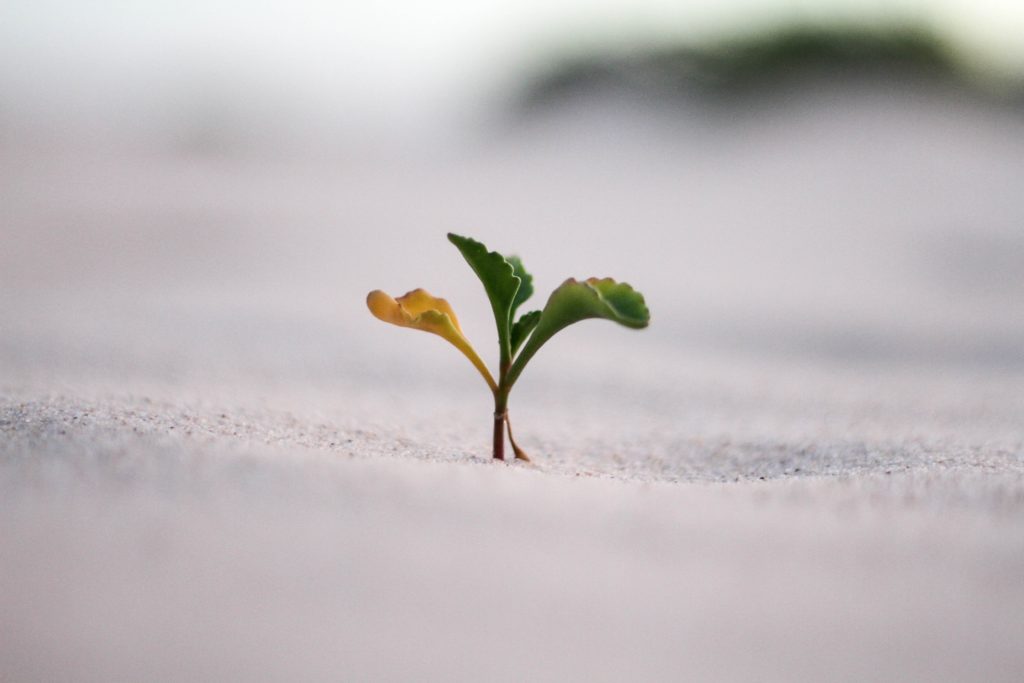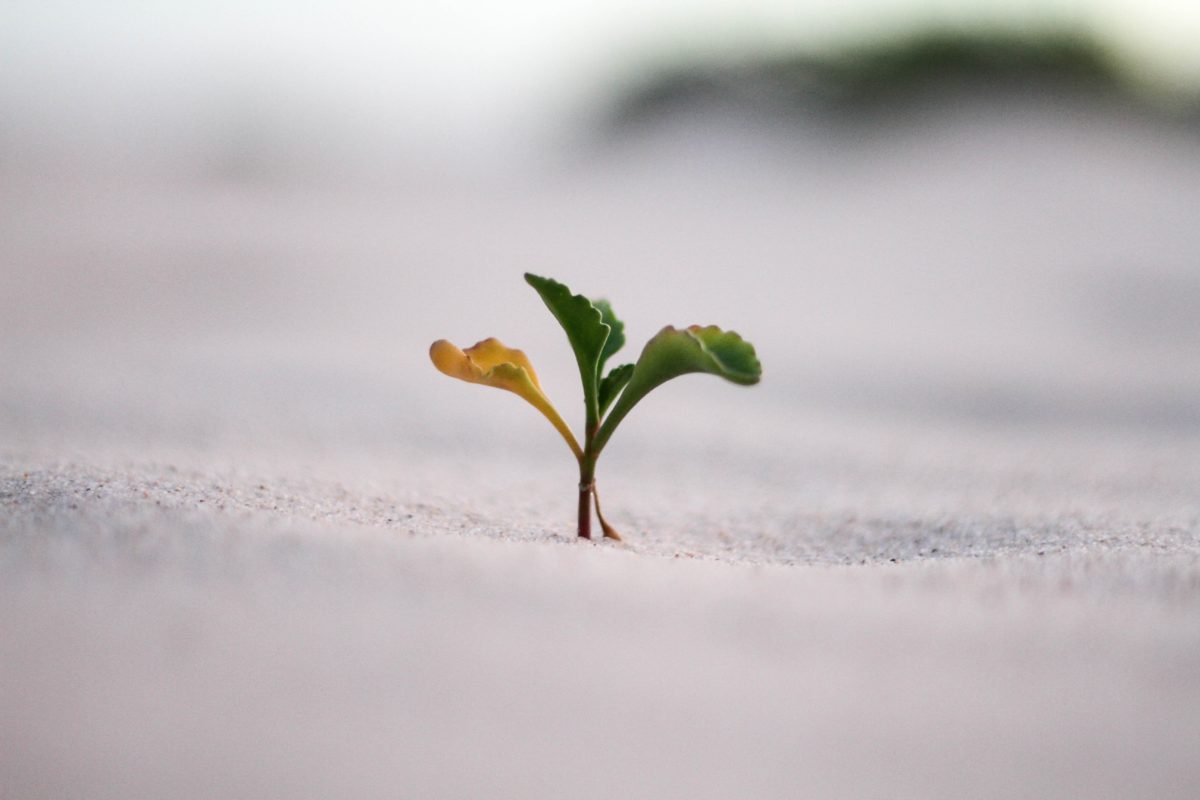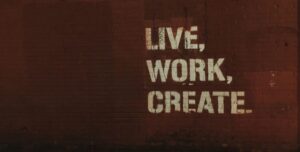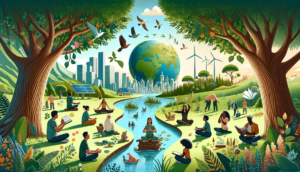The past year has been strange and challenging. The business communities have been under a new level of stress and trauma. We are only now starting to heal. Even though these are challenging times, we have seen leaders and teams showing up for each other time and time again. There were many how-to workshops, most of them free, on themes like self-care, avoiding isolation and burn-out, making video conferencing fun and connected, optimizing productivity when there are a million more distractions, and so much more.
At LUMAN, we study, practice and teach CreationLeadership. We approach leaders with an open curiosity about what they are learning and where their growth edges are.
In this blog, reformatted from a conversation we held at the end of 2020 with Daniel Roth of JumpScale, we dig a little deeper into some of the lessons that 2020 had to offer us. Our goal with this blog is to
- Inspire leaders to stay in a learning inquiry
- Connect through shared stories and lessons
- Motivate listening and learning from your team
FINDING RESOURCE-FULL-NESS
This year has been one of the most significant leadership lesson years of my life. And I’m glad to have the opportunity to share what I’ve been learning. Thank you, LUMAN.
The biggest takeaway for me is realizing the importance of paying attention to our organizations’ root systems. These are the support structures that are often invisible. I’ve taken on the role of Chief Empathy Officer and have been tuning in to how everyone is doing. But I can’t do that if I’m spread too thin, and I’m not taking care of my health and well-being.
I’ve also been spending a lot of time paying attention to my ancestors, to my family and friend support structures that keep me healthy. Tapping into your communities is a way to remind yourself why you are doing the work that you do. It connects you to purpose and gives you hope.
Why do I stay committed to building community and successful businesses in such a trying time? It’s because I want to honor the lineage and the legacy to which I belong. This is how you stay resilient and connect to the wellspring of hope and optimism. And yes, it’s been a challenging time, but I’m still as optimistic as I ever was.

SELF-CULTIVATION
The big lessons of this year were a rediscovering and deepening of that which I already knew. Like Daniel, I kept coming back to my foundational habits, the core personal support systems like physical exercise which gives me the energy to strive in other areas and mindfulness which provides me with the presence to show up in my other areas. Take time to tune into your passion and vision because that’s what allows you to show up for the passions and dreams of others.
At LUMAN, we teach a concept called spheres of concern, of which the starting point is oneself. It’s effortless for us to focus out and be concerned with everyone else.
But this year, more than anything has taught me that if I don’t focus on cultivating my capacity first, then my ability to show up for others even if I’m in their presence can vary drastically. Some might call this self-care, but I call it self-cultivation.
And even that can feel very selfish like it’s wasted time during a crisis. But again, when everything changed, and I lost many of my core habits, I saw how vital they were in shifting my attention quality. I saw that we could either spend 15 minutes on Zoom, focused and balanced and get just as much done as we can in an hour and a half Zoom call. So your presence and what you bring to your online meetings is more important than what you might bring in any individual capacity or intelligence.
WORKING WITH LIMITS
Here in California, we had a trifecta of intense situations – COVID-19, the elections and all the raging fires. I recall one particularly intense day, forever to be called the Blade Runner Orange Day when the smoke was so dense that the sky was a spooky Halloween orange for an entire day. It was scary, and yet we still came together to work. It became apparent to me how vital it is to maintain the connection to your partners, staff, and teams during the times that feel unsafe.
Another lesson for me was how little we need to thrive. We don’t need a lot – good food, shelter, amazing people around us, some exercise, and a good community, even if that community is online. With a little, we can do quite a lot.

THE SPACE BETWEEN
Daniel and Tirza
Flow states do not come easily all the time. It takes a lot of effort to get back into the saddle when you fall off the proverbial horse. It’s in the moments when you are not at your best and are stretched too thin; you might hear that voice saying:
“Oh my God, why am I so out of it? I’m so…” – Fill in the blank with some judgement or self-criticism. At that moment, you may catch yourself and get back into your creative flow state with yourself and your team. The delta between that space is the place of exploration; it’s the place of opportunity to do the necessary hard work to get you back to flow. It is easy to analyze the Why’s all day long.
To learn what it means to be in alignment, you have to first fall out of alignment. Then you have to know that you’re out so you can get back in. This out-and-back builds strength and capacity. It is where the real learning happens.
Creation as Choice
We create because we think that the outcome is going to make us feel a certain way. But the real secret is that the outcome is never actually the thing. It is the process of creating, that we’re all in it for. It is a common fallacy to think there is some success we will reach and then be happy. And there are those moments of completion and celebration, of course, but they are just capstones of the real work and joy and messiness of creating.
The creative act of self-expression is the reason we are here.
Therefore, that coming in and out of alignment is a fundamental act of self-expression. When we fall out of alignment, we are saying “I am not who I choose to be.” When you come back into alignment, you are making the most conscious choice available to a human, which is to say “I am choosing to be different than I am right now. I’m going to create myself today.” That profound act of self-leadership is the reason we are here.
LEADERSHIP PRACTICE
In many ways, the year 2020 was like one long winter – an entire season of hunkering down, introspection, and re-orienting ourselves to the essence of the work we want. The three of us keep coming back to the container we want to be in – the people we surround ourselves with, the kind of work we want to be doing, and the practices that continually nourish our bodies and minds.
Although the lessons of 2020 were stark, we appreciate the ability to continue growing and developing ourselves as leaders. And we are reminding ourselves that no matter what happens, we have each other. But it’s going to take humility to ask for help and leadership development to learn new capacities.
Practice – Learn From The Past
We hope you too will take a moment to yourself and with your teams to uncover your lessons from 2020. One way to do this is to consider and answer these questions:
- When were we at our worst?
- When were we at our best?
Then take a look at both and apply the lessons and new capacities you learned in 2020 towards your future work, leaving behind what was.
Practice 2 – Envision The Future
With 2021 in full force you can also ask yourself and your teams to envision the end of 2021:
- Who will we be at our worst?
- Who will we be at our best?
Wishing all of you a great 2021!
***
Tirza Hollenhorst is an entrepreneur and a futurist. Trained as a biologist and engineer who previously built a technology company and facilitated international, cross-sector collaboration around corporate responsibility. Tirza is the founder and CEO of LUMAN where she brings her experience in business, science, and innovation together to transform organizations and prepare them for the future of work.
Daniel Roth is an experienced social entrepreneur, movement strategist, and integrative healthcare professional focused on sustainable development, indigenous cultural revitalization, and healing arts. Over the last two decades, he has launched over a dozen non-profit organizations, campaigns, and coalitions. In 2018, Daniel founded JumpScale, a [wellness-focused responsible investment consulting] firm and innovation lab. Prior, he served as Director of the Cornell Campus Sustainability Office, started New York’s first car-share business, and served as a Board Member of the U.S. Partnership for Education for Sustainable Development.
Maya Zuckerman is a Regenerative Entrepreneur, multiplatform expert, Culture Hacker and emerging technology aficionado who applies the power of narrative, technology, and regenerative design to world-changing ideas. As Chief Operations Officer and VP of Operations of two startups in the past three years, and current COO of LUMAN, she built enterprise platforms and mobile apps that connect people and solve social issues that face our species.
Kat Nadel is a communication specialist and NVC Trainer, a content amplifier, and an avid learner. Her mission is to change the world, one conversation at a time. She’s grateful to re-write this blog for Tirza, Maya, and Daniel because she believes in the power of storytelling and the connection it brings to us all.
LUMAN stands for “humans with the lights on.”
Creating the future together starts with how humans operate. We offer project based workshops to help you accelerate outcomes while building your high-performing remote team.
Schedule time with us today to talk with us more about how you can connect your team to the future.





